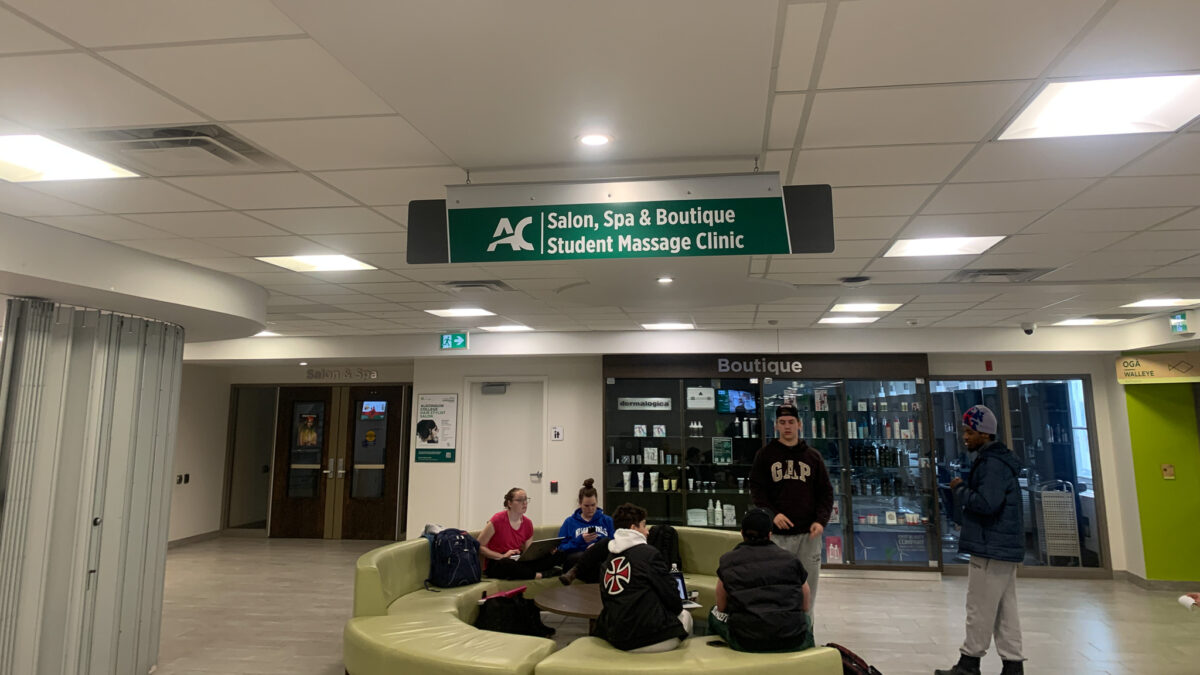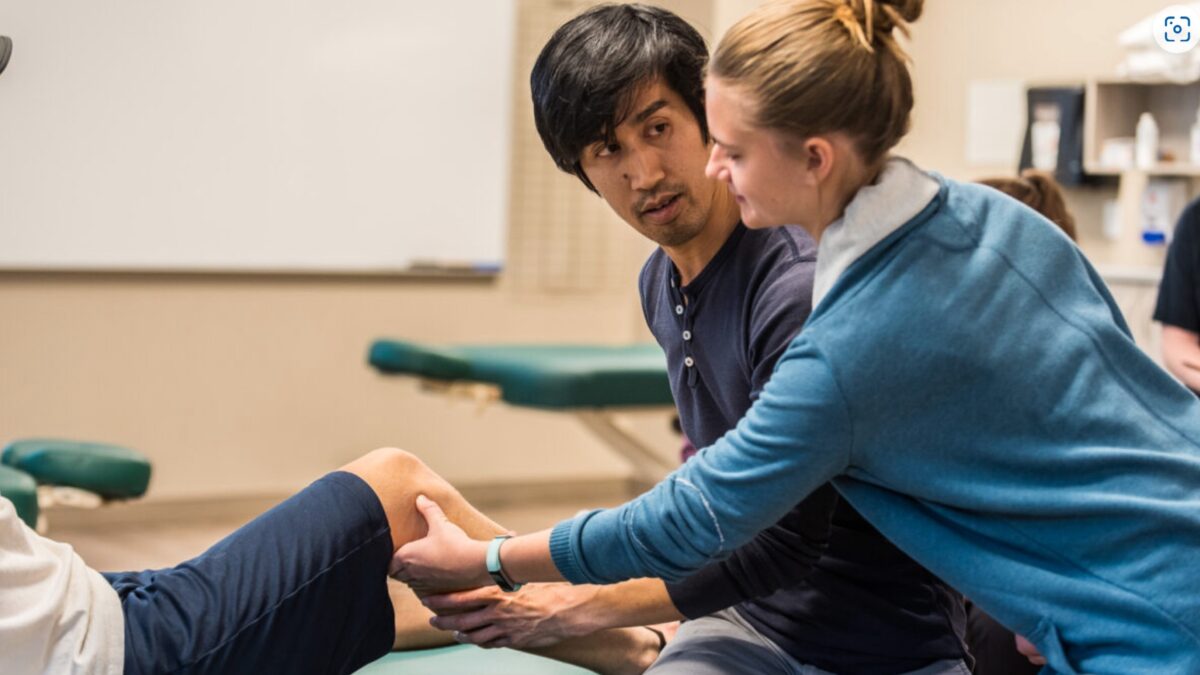“Here’s the area we’re going to work in, and here’s why,” says registered massage therapist Dave Eibner as he circles breast tissue on a diagram.
Eibner is explaining how he would approach the issue of treating a private, sensitive area on a woman’s body if that was where therapy was required.
This careful process is meant to ensure consent from and empowerment for the client, Eibner, the coordinator for Algonquin College’s massage therapy program, said.
“One really big piece that we teach here is about empowerment,” Eibner said. “It doesn’t mean we’re giving control to the client over the approach to care. … You’re giving power to the client to stop or alter the treatment at any time.”
Such steps are vital, he says and professional organizations representing therapists insist on them to minimize unsafe situations, such as a recent incident in which a former Ottawa massage therapist was charged with two counts of sexual assault. Another was charged in West Quebec earlier this year.
The College of Massage Therapists of Ontario (CMTO) takes complaints seriously. As of Dec. 4, 86 disciplinary decisions between 2021 and 2023 are listed on its website.
The former Ottawa massage therapist who faces charges had previously been subject to disciplinary action from CMTO. In June, 2022, A CMTO panel said the man must complete a remediation course on professional boundaries and record-keeping after a formal complaint was made. CMTO confirmed in an email to Capital Current that the man had resigned his registration and is “no longer permitted to practise Massage Therapy in Ontario.”
“Clients who are unsure or uncomfortable during a treatment can ask their RMT (registered massage therapist) to adjust their technique, or stop the treatment at any time,” Angie Brennand, director of Policy and Communications for CMTO, wrote to Capital Current. “As described in the Standard of Practice on Consent, clients have the right to withdraw consent anytime, for any reason.”
CMTO’s website says “RMTs assess and treat physical dysfunction and pain of the soft tissue and joints of the body, mostly by hands-on manipulation.” Every registered massage therapist in Ontario must adhere to CMTO’s code of ethics and standards and rules. These rules cover various elements of massage therapy, from draping to communication to cannabis use and record-keeping.
To become an RMT, students must complete a two- to three-year diploma program at a recognized Ontario Massage Therapy school. Those who’ve received training outside of Ontario must complete the Massage Therapy Education and Credential Assessment (MTECA).


Eibner’s lesson on empowerment covers various standards. He says communication is more than just the language you use but includes the experience you create.
He used the example of a grade schooler experiencing pain. Rather than using the one-to-five pain scale commonly used for adults, he would use a happy face scale so it’s easier for a child to communicate how something feels.
“We create experiences that help [clients] express themselves,” Eibner said.
Guevorg Khatchatourov has been a registered massage therapist since 2007 and works at Healthy Choice Massage.
He said a client should not experience pain during a massage. He said areas being treated may bring discomfort, but it shouldn’t be painful. To navigate that tolerance, Khatchatourov said communication is key.
“You ask the patient. You work with their pain tolerance,” Khatchatourov said. “You never do what they don’t like. You never go beyond their pain level.”
This supports Eibner’s message of trust. He warns clients to look for clear boundaries, ensuring consent is acknowledged and trust is established.
“That’s an underlying theme in our program … the establishment of trust and maintaining trust in that therapeutic relationship,” Eibner said. “If you can’t establish that therapeutic relationship with [an RMT], then you shouldn’t be going to see [them].”
According to CMTO, clients who file a complaint have access to the College’s therapy and counselling program, as mandated by the Regulated Health Professions Act.
“CMTO exists to protect the public,” Brennand wrote. “We recognize the level of courage that it takes to come forward to share a traumatic experience, as well as file a complaint with us. CMTO’s staff are trained in trauma-informed practice in order to support individuals in sharing their experience.”




